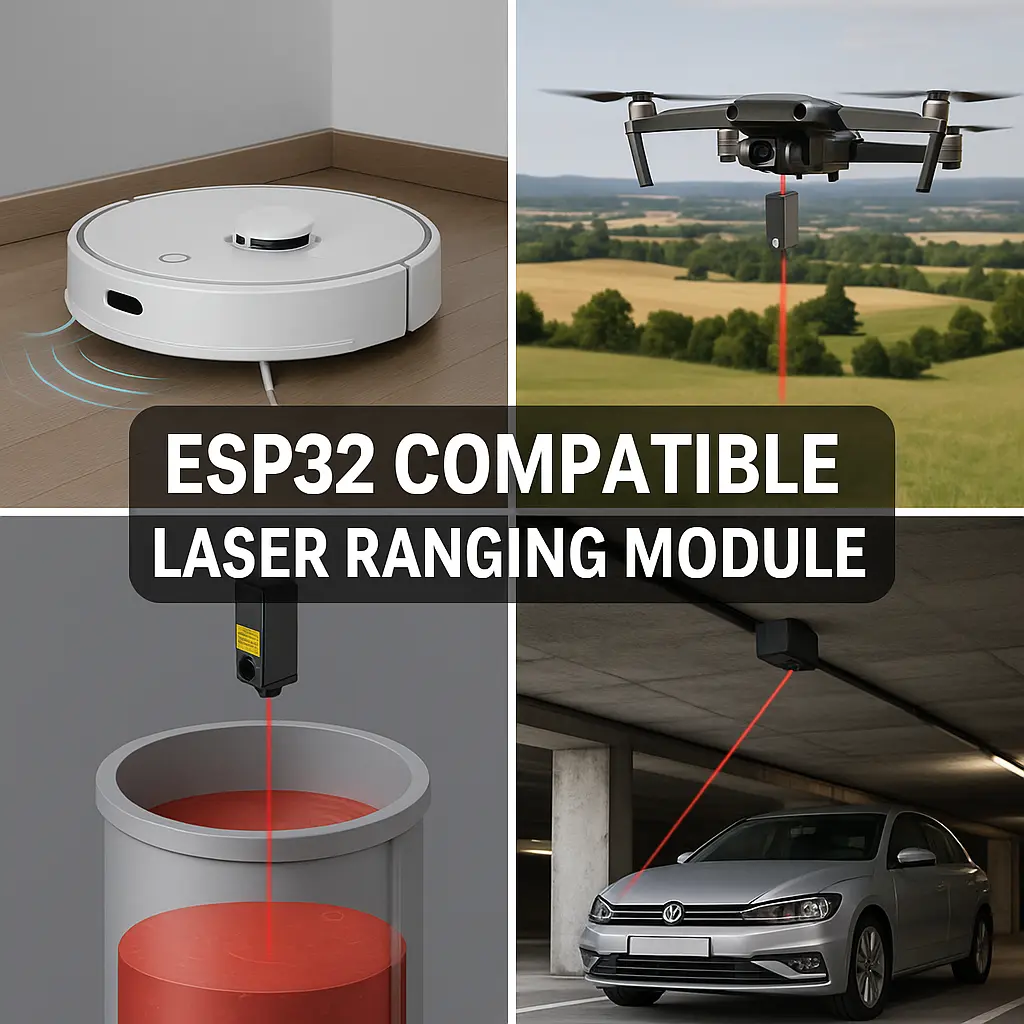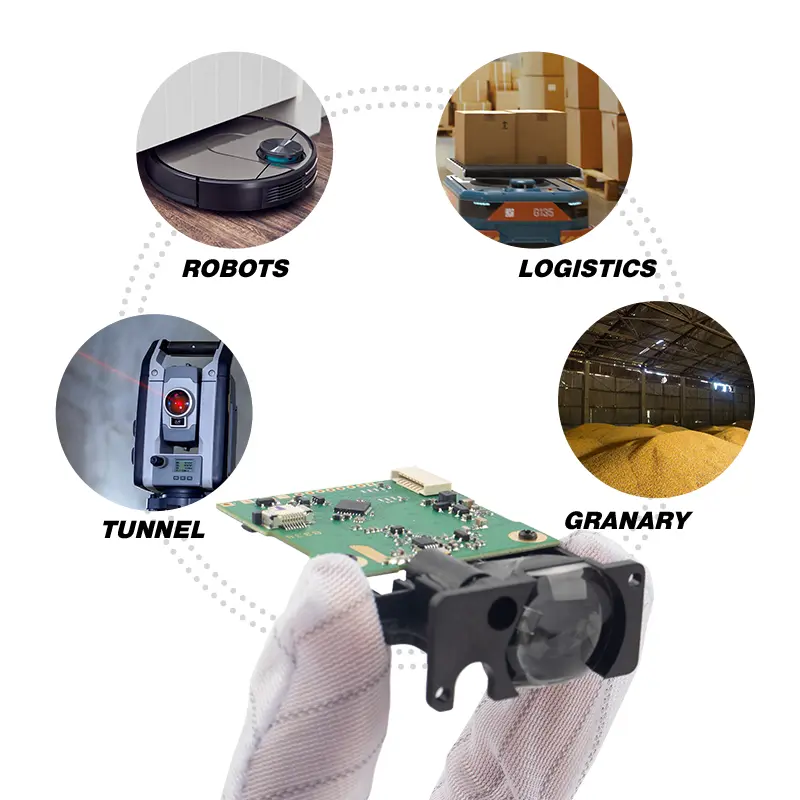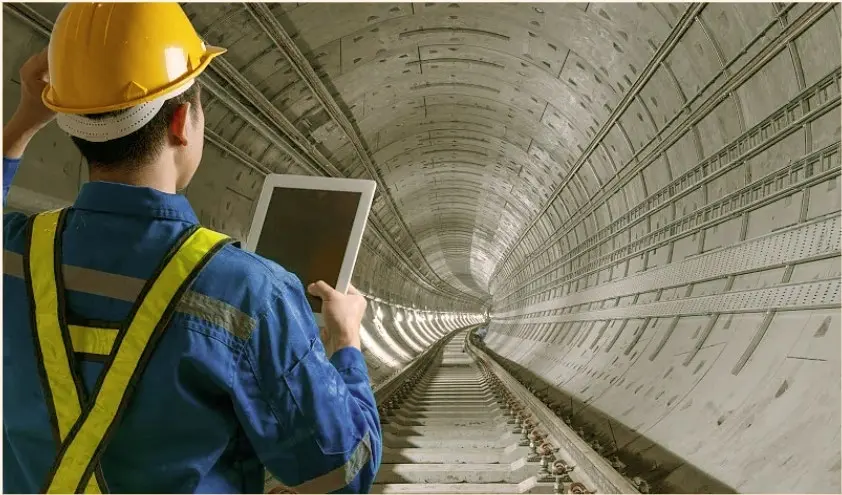In today’s robotics, drones, and industrial automation, an 장애물 회피 sensor is an essential component for safe and efficient operation. By detecting obstacles in real time, these sensors prevent collisions, protect equipment, and improve overall system performance.
레이저 거리 sensors, including LiDAR 모듈, are often at the heart of advanced measurement sensor systems. They provide precise distance measurements, enabling devices to navigate complex environments with accuracy and reliability.
How an Obstacle Avoidance Sensor Works
An 거리 센서 detects objects in its path and triggers real-time responses to avoid collisions. Depending on the technology, these sensors can use:
- Ultrasonic waves for short-range 탐지
- Infrared light for simple indoor applications
- Laser and LiDAR for high-precision, long-range measurement
By integrating a 레이저 거리 센서 with navigation algorithms, robots, drones, and autonomous vehicles can make split-second adjustments to their path, ensuring smooth and safe operation.
Key Applications of Obstacle Avoidance Sensors
1. Warehouse and Industrial Robots
In warehouses, robots equipped with 레이저 거리 측정기 sensors navigate aisles, avoid shelves, and bypass workers. Laser-based sensors enhance precision, enabling automated guided vehicles (AGVs) to operate efficiently and safely.
2. Drones and UAVs
Drones rely on 거리 측정 sensors to prevent collisions with trees, poles, and other aerial objects. High-frequency 레이저 거리 센서 allow drones to detect obstacles at various altitudes and speeds.
3. Autonomous Vehicles
Self-driving cars use multiple sensors to detect pedestrians, vehicles, and barriers. LiDAR-equipped sensors provide long-range measurements that feed into AI navigation systems for safe path planning.
4. Smart Home Devices
Robotic vacuum cleaners, lawn mowers, and other smart devices use 레이저 거리 측정 sensors to navigate homes and gardens. Laser and 적외선 센서 help them detect furniture, walls, and other obstacles for seamless autonomous operation.
5. Outdoor and Industrial Applications
Industrial machinery and outdoor autonomous vehicles rely on distance detecion sensors to operate in challenging environments. Laser distance sensors help detect obstacles such as fences, equipment, or uneven terrain.






Innovative Approaches Using Obstacle Avoidance Sensors
- Multi-sensor fusion: Combining laser distance sensors with ultrasonic and infrared sensors to enhance accuracy.
- Predictive navigation: AI algorithms anticipate obstacles and optimize movement.
- Dynamic speed control: Slowing down when obstacles are detected for safer operation.
- 3D mapping: LiDAR-based sensors create real-time maps for complex environments.
FAQ: Obstacle Avoidance Sensors
Q1: What is the primary function of an obstacle avoidance sensor?
A: An obstacle avoidance sensor detects obstacles in the path of a device and helps it navigate safely, preventing collisions and equipment damage.
Q2: Can laser distance sensors improve obstacle avoidance performance?
A: Yes. Laser distance sensors provide high-precision measurements and long-range detection, making them ideal for advanced distance measuring sensors.
Q3: Are obstacle avoidance sensors suitable for drones and UAVs?
A: Absolutely. Drones use high-frequency distance sensors to detect obstacles in real-time, ensuring safe autonomous flight.
Q4: How do I choose the right obstacle avoidance sensor for my application?
A: Consider detection range, response time, environmental conditions, and interface compatibility. Laser-based sensors are preferred for long-range and high-precision needs.
Q5: Can multiple obstacle avoidance sensors be used together?
A: Yes. Using multiple sensors improves coverage, reliability, and safety, especially in complex navigation environments.
A high-quality 레이저 거리 센서 is key to modern robotics, drones, autonomous vehicles, and industrial automation. Integrating distance sensors enhances obstacle detection accuracy, enabling real-time navigation in challenging environments.
Investing in the right obstacle avoidance sensor ensures safety, efficiency, and operational reliability for a wide range of applications.
https://meskernel.net/laser-measurement-technology/